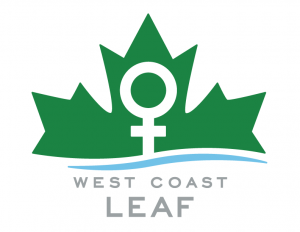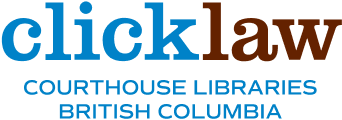West Coast LEAF Report says BC can do better on Women’s Rights
This post introduces a newly added resource in the Reform & Research section of Clicklaw, the public window to legal reform and innovations in BC.
By Kendra Milne
Director of Law Reform, West Coast LEAF
After an election campaign in which women’s equality became a rhetorical tool in a divisive attempt to instill fear and xenophobia in voters and control women’s religious choices, Canada has opted for a more hopeful federal government. But where does that leave women in BC?
We know the primary causes of women’s inequality: disproportionate financial insecurity due to unpaid caregiving and wage inequity, and violence, which undermines a woman’s ability to exercise her most basic rights. These are some of the fundamental drivers of women’s well-being and security, in addition to the ability to access assistance to enforce their legal rights. Many of the solutions to these issues fall totally or partially under the responsibility of provincial governments.
With that in mind, West Coast LEAF has released its seventh annual report card on women’s rights in BC. The report card assesses how well the BC government is complying with the obligations set out in the UN Convention on the Elimination of All Forms of Discrimination against Women (CEDAW). CEDAW, often described as an international bill of rights for women, was ratified by Canada in 1981. The focus of the report card is the provincial government, but it provides a useful framework to measure the potential impact of some of the platform promises of Canada’s new federal government. Below are some of the Liberal Party of Canada’s (LPC) campaign promises in areas particularly relevant to women’s equality and some key findings about the BC provincial government’s role and progress in those areas from this year’s CEDAW report card.

